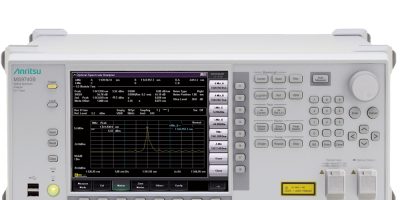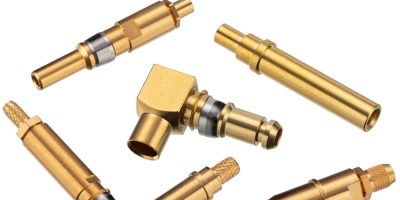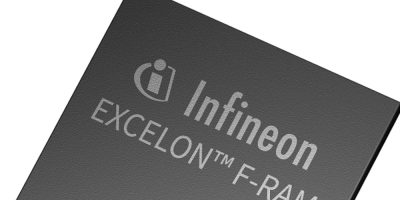Four SDRAMs by Alliance Memory combine low voltage operation with fast clock speeds. The fourth generation LPDDR4 SDRAMs range from 2Gbit to 16Gbit.
The latest additions to the company’s high speed CMOS mobile low power LPDDR4X SDRAMs are the 2Gbit AS4C128M16MD4V-062BAN, the 4Gbit AS4C256M16MD4V-062BAN, the 8Gbit AS4C512M16MD4V-053BIN and the 16Gbit AS4C512M32MD4V-053BIN. According to Alliance Memory, they deliver approximately 50 per cent lower power ratings in the 200-ball FBGA package for higher power efficiency.
They have low voltage operation of 0.6V, lower than 1.1V for LPDDR4 SDRAMs, to increase battery life in portable electronics for the consumer, commercial, and industrial markets, including smartphones, smart speakers, security surveillance systems, and other IoT devices utilising AI and 5G technologies. They also provide increased efficiency for advanced audio and high resolution video in embedded applications. The LPDDR4X SDRAMs deliver clock speeds up to 1.86GHz for high transfer rates of 3.7Gbits per second.
For automotive applications – including ADAS – the AEC-Q100-qualified AS4C128M16MD4V-062BAN and AS4C256M16MD4V-062BAN offer a temperature range of -40 to +105 degrees C and on-chip ECC for increased reliability. The AS4C512M16MD4V-053BIN and AS4C512M32MD4V-053BIN operate over an industrial temperature range of -40 to +85 degrees C.
The AS4C512M16MD4V-053BIN, AS4C128M16MD4V-062BAN and AS4C256M16MD4V-062BAN are organised as single channel devices each consisting of eight banks of 16 bits; the AS4C512M32MD4V-053BIN offers two channels. All four components provide fully synchronous operation; programmable read and write burst lengths of 16, 32, and on the fly; and selectable output drive strength. An on-chip temperature sensor controls the self-refresh rate.
Alliance Memory’s LPDDR4X SDRAMs are designed as drop-in, pin-for-pin-compatible replacements for use in high bandwidth, high performance memory system applications, eliminating the need for costly redesigns and part requalification.
Samples and production quantities of the new LPDDR4X SDRAMs are available now, with lead times of 12 weeks.
Alliance Memory provides critical and hard-to-find memory ICs for the communications, computing, consumer electronics, medical, automotive, and industrial markets. The company’s product range includes flash, DRAM, and SRAM memory ICs with commercial, industrial, and automotive operating temperature ranges and densities from 64Kbit to 16Gbyte.
Privately held, Alliance Memory maintains headquarters in Kirkland, Washington, USA and regional offices in Europe, Asia, Canada, and South America.







